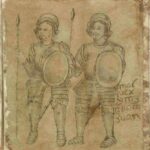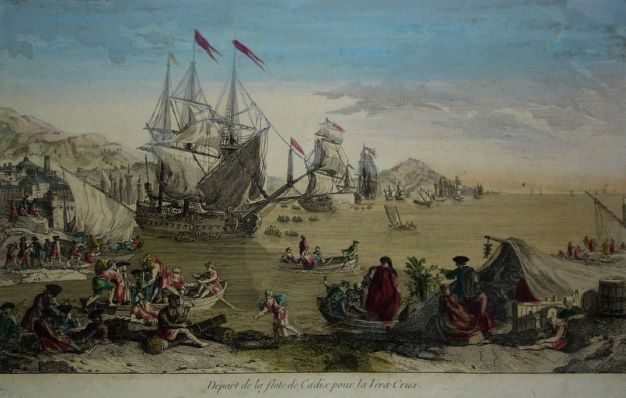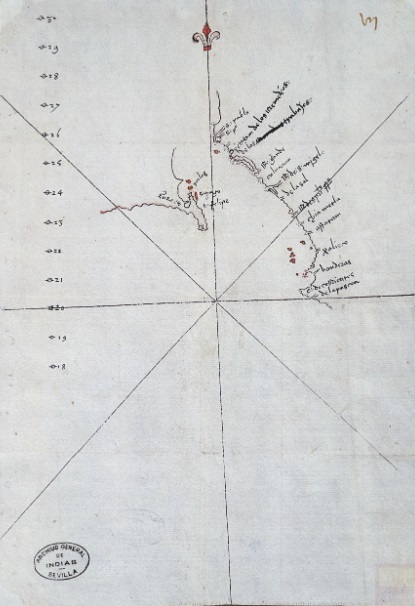
After the discovery of the new lands on the American continent, from the second voyage of Columbus onwards, the conquest of the Indian territories progressed through modern times. At the end of the 15th century, the indigenous lands were incorporated into the monarchy. Hernán Cortés arrived in Cozumel in 1518, receiving Moctezuma, ruler of Tenochtitlán in 1519. Once Veracruz was founded, Cortés marched to conquer the Aztec Empire with 400 Spaniards, 15 horses and 1,400 Totonac warriors (it is important to remember the conquistador’s alliances with the Mayan people to expel the warlike Aztecs), where he defeated Xicotencatl and established an alliance with the Tlaxcalan people. The impact of Dutch and English propaganda on the Spanish conquest of the Americas should be noted, as they warned of the bloodthirsty nature of the Castilians. It is also important to highlight issues such as the diseases brought from Europe that affected the Indians, the impact of legends and the arrival of divinity for the Mayans, as well as the war context that pitted Mayan and Aztec peoples against each other, leading to political alliances to defeat the latter. The difference between the indigenous peoples and the Spaniards was notorious and evident. The latter advanced in an organised manner and with metal protections with the morrion on their heads, while the American tribes had tanned leather protections.
Collection: Images
Project: 6. Under a cloak of terror: violence and armed conflict in Europe.
Chronology: XV, XVI
Scope: Secondary Education
Resource type: Image
Format: Codex
Source: Google Arts & Culture
Language: Spanish
Date: ca. 1500
Owner: Álvaro Romero González (Modernalia)
Copyright: Google Arts & Culture
Abstract: Spanish soldiers advancing across the Americas, despite notorious opposition from the belligerent Aztec people and the military alliances won by Cortés. Archivo de la Nación, Mexico.
Image
Tags







